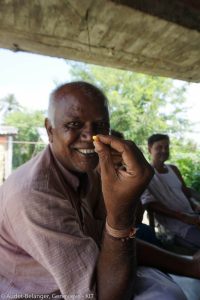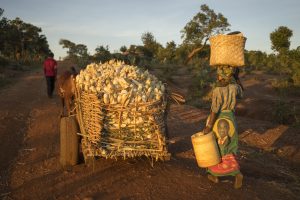
New reports shed light on maize seed sector functioning and adoption

Maize is a staple food in many developing countries, and ensuring that smallholder farmers have access to and are familiar with the improved maize varieties available to them is critical in improving food security worldwide for farming families and consumers. In order to understand whether smallholder farmers have access to improved maize varieties and how the organization of the seed sector supports this, the Royal Tropical Institute (KIT) recently conducted four studies on seed sector functioning and the adoption of improved maize varieties.
The studies, which were funded by the CGIAR Research Program on Maize (MAIZE), were conducted in the state of Bihar, India; the state of Chiapas, Mexico; Malawi and Zambia. Using seed sector stakeholder workshops, key informant interviews, focus group discussions with farmers and household surveys, KIT to analyzed the strength of and access to seed systems in each country. The results were analyzed in four complementary reports that have recently been published.

Each area studied faced its own unique challenges to improved maize seed access and adoption. In Bihar, the poultry industry has sparked a high demand for yellow maize, but the seed sector would benefit from improving the reliability of the seed supply network. In Chiapas, low altitude farmers matched high local demand with good yields from adopted hybrids, while high altitude farmers preferred to continue using their native varieties due to poor hybrid performance in the highlands. Malawi benefitted from active private sector involvement, but value chain services proved to be a weak link. The Zambian seed sector was found to function reasonably well, but the future of adoption remains uncertain. These strengths and challenges will need to be analyzed and addressed in order to sustainably increase maize production by smallholder farmers.
MAIZE takes a holistic approach to increasing the contribution of maize to food security and poverty reduction. By improving access to germplasm through working with the National Agricultural Research Systems and small-scale, as well as larger seed companies, the project aims to reduce constraints to seed production and increase the number of MAIZE derived varieties available to farmers. It is expected that improved access to germplasm and the release of improved varieties should positively impact productivity and food security, and reduce demands on land. For this, the maize seed sector needs to become more vibrant, plural, competitive and responsive to users’ needs, in particular those of smallholder farmers.
To read the full reports, please click here:
